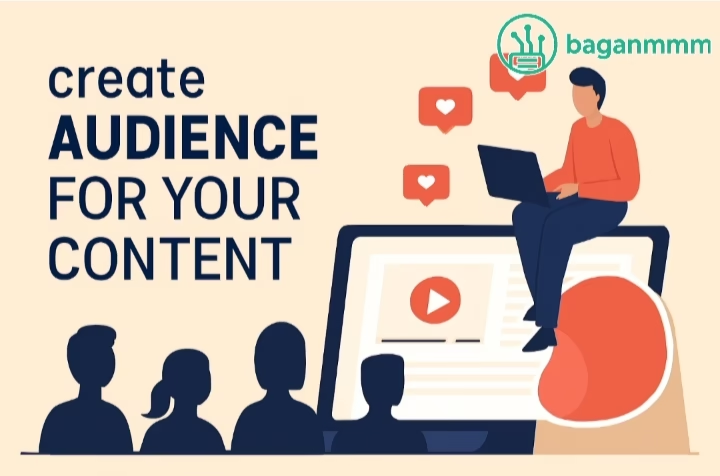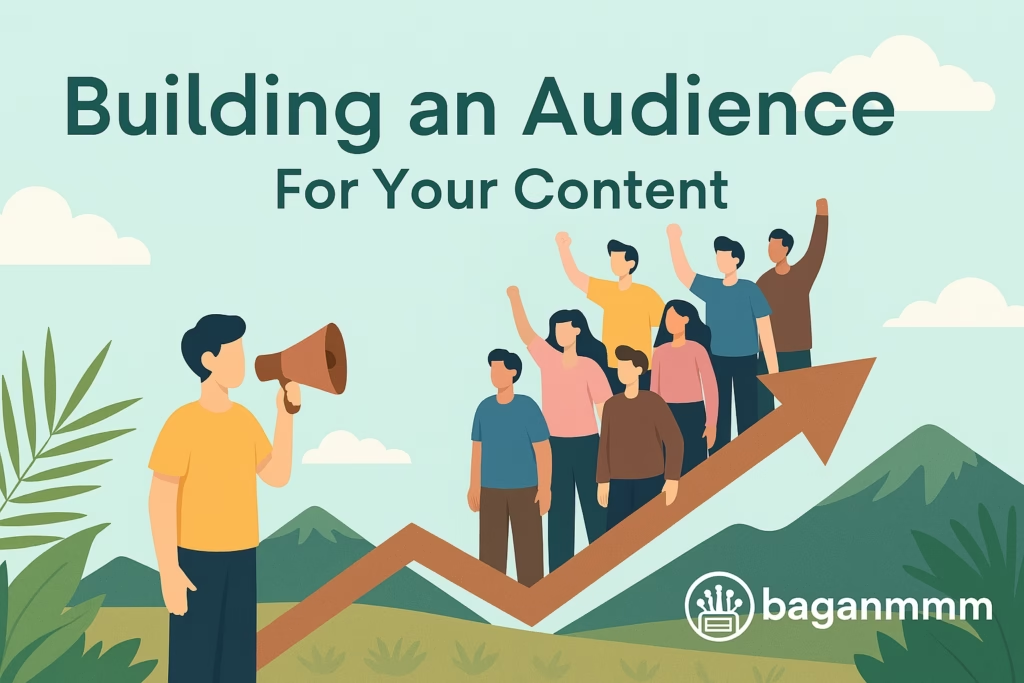The year 2025 can truly be called the era of social media. Everyone is using social platforms to make new friends, learn new skills, showcase their talents, or even run businesses. People spend a large portion of their daily time on these platforms. Some use social media productively, while others simply waste time scrolling.

Instead of wasting time, you can use social media to increase your extra income. Let me share my own example. I am a software engineer, working as a senior developer at a software company. In addition, I also work as a publisher. My publishing work on social media has become a reliable source of extra income.
During my free time, I create content based on my experiences and share it online. By doing so, I generate additional income through social platforms. This is how I built my side income, and you can do the same.
In this blog, I’ll explain how to use social media effectively and, more importantly, how to build an audience for your content.
Using Social Media Effectively
The best way to use social media productively is to create a daily schedule. With a clear routine, you can turn your free time into opportunities:
- Monetizing online
- Learning new skills through social media
- Showcasing your talents and building an audience
Here are some practical methods:
1. Learning
Platforms like YouTube, LinkedIn, and Facebook Groups offer countless online courses, tutorials, and skill‑sharing videos. Use your free time to study subjects you’re interested in. This transforms leisure into learning.
2. Knowledge Sharing & Blogging
Share your experiences and insights on Twitter/X, Facebook Pages, Medium, Blogspot, or your own website. As your audience grows, your personal brand strengthens. A strong brand helps when you want to monetize online or launch a business.
3. Networking & Community Building
Join groups related to your interests (Tech, Art, Health, Education) and build your network. This can lead to new friends and career opportunities.
4. Creativity & Portfolio Building
Use Instagram, TikTok, or YouTube Shorts to share your artwork, embroidery, designs, or tutorials. This builds your portfolio, showcases your skills, and earns trust from your audience.
5. Personal Development
Spend your free time watching podcasts, motivational reels, or TED Talks. Positive content boosts your mindset and motivation.
6. Side Hustles & Monetization
Explore income opportunities like Facebook Marketplace, TikTok Shop, or YouTube monetization. In 2025, these are some of the best ways for young people to earn side income.
7. Digital Balance
Entertainment (memes, reels) is fine, but set time limits. Avoid endless scrolling. Balance productivity with relaxation — something many young people struggle with.

Building an Audience for Your Content
The question “How do you build an audience for your content on social media?” is crucial for publishers and creators. Without an audience, online monetization cannot succeed. Here are the key strategies:
1. Define Your Target Audience
Know exactly who your content is for — students, young people, developers, or health‑conscious viewers. Once you know your audience, you can choose the right platforms (YouTube, TikTok, Facebook). Ideally, creators should use multiple platforms to reach wider audiences.
2. Post Consistently
Social media algorithms favor accounts that post regularly. Upload your content on a consistent schedule. For example:
YouTube: At least 1 video per day (2 if possible).
Facebook: At least 1 reel daily, plus 3–4 photo or text posts.
Other platforms: Follow their recommended posting standards.
Consistency builds trust and visibility.
3. Create High‑Quality Content
Produce videos, photos, infographics, or text that are clear and valuable. Mix knowledge, tips, and entertainment in the right balance. Also, understand each platform’s strategy:
YouTube: Videos should be at least 10 minutes long to qualify for mid‑roll ads (available after 8 minutes).
Facebook: Videos should be at least 5 minutes to maximize reach and engagement.
4. Encourage Engagement
Reply to comments. Use polls, Q&A, and stories to involve your audience. At the end of your videos, invite viewers to take action — subscribe, comment, or share. This keeps your audience connected and active.
5. Use Hashtags & Keywords Correctly
Choose hashtags relevant to your niche. For YouTube or blogs, do keyword research and include them in your titles, descriptions, and tags. Avoid misleading or policy‑violating hashtags, as they can harm your monetization.
6. Collaborate with Others
Work with creators who share a similar audience. Collaboration introduces you to new viewers. Partnering with creators in different languages can also expand your reach globally, not just locally.
7. Analyze Your Content
Use tools like Facebook Insights, YouTube Studio, and TikTok Analytics to understand what works and what doesn’t. This helps you improve future content and build a stronger strategy.
Conclusion
These are the essential strategies every publisher and creator should know to build an audience for their content. By combining consistency, quality, engagement, and analytics, you can grow a loyal community and achieve long‑term success. In future blogs, I’ll share more advanced strategies to help you scale your online presence.
These are the essential strategies every publisher and creator should know to build an audience for their content. By combining consistency, quality, engagement, and analytics, you can grow a loyal community and achieve long‑term success.
Remember, building an audience is not something that happens overnight. It takes patience, discipline, and a willingness to keep improving. If you stay consistent and true to your passion, your audience will not only grow in numbers but also in trust and loyalty. That trust is the real foundation of sustainable online monetization. In future blogs, I’ll share more advanced strategies to help you scale your online presence.
Alice is the visionary behind Baganmmm Tech, a platform he founded with a passion for demystifying the complex world of technology. As the Lead Technologist, he's often found in his home lab – a cozy, wire-filled sanctuary where ideas are born and code is meticulously crafted. His infectious enthusiasm and knack for explaining intricate concepts make him the go-to expert for everything from web development to emerging tech trends.
